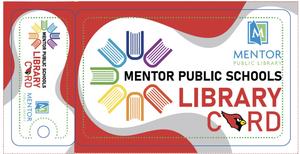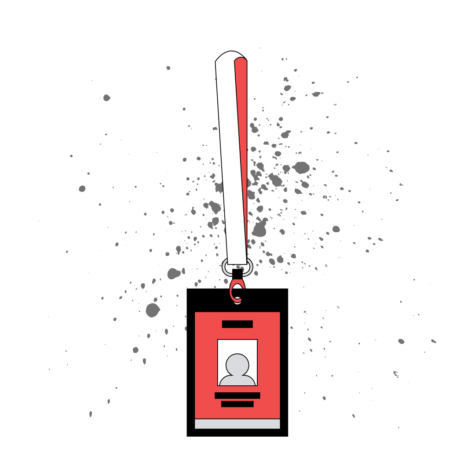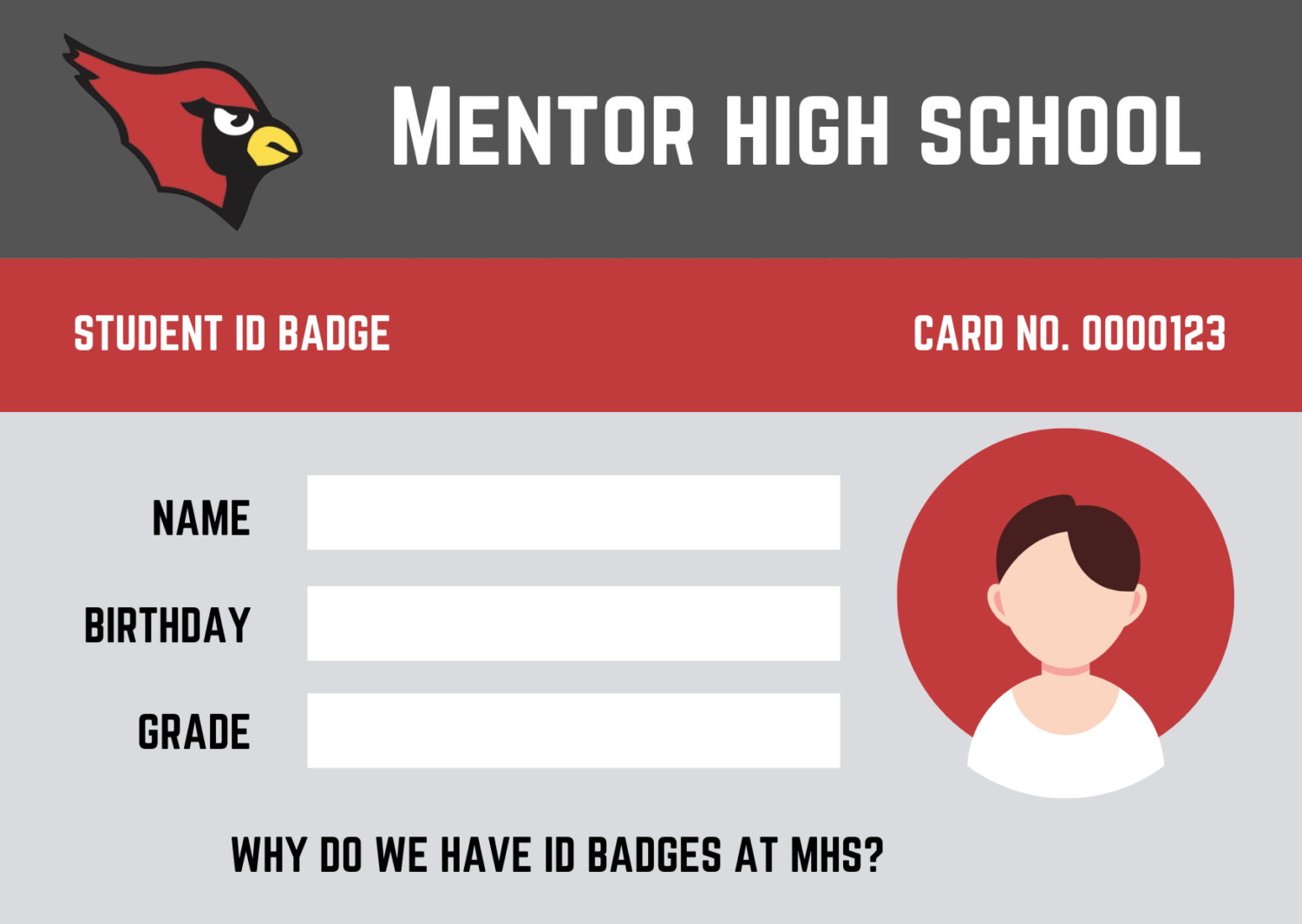MHS Photo IDs: Why do we have them?
Their usefulness may be limited, but other schools show that maybe that does not have to be the case.
September 16, 2022
Within the first few weeks of school, every student at MHS gets their picture taken for the yearbook, Infinite Campus, and — for some reason unknown to many students — student ID badges. We receive our IDs a few weeks after our pictures are taken, after which many students may throw them away or stuff them into their bookbags, eventually having no clue where they placed them. 
Now, at first you may be thinking: where is all of this money coming from? There are over 2,000 students at MHS, which would imply that over 2,000 ID badges are purchased by Mentor High every school year. However, these IDs were not directly bought by the school. According to Principal Crowe, the badges are a part of the photo package they purchase from the photography company when we get our school pictures. The school didn’t exactly “ask” for the IDs or provide additional funds for them – they simply receive them and pass them along to us students.
While the school is not designating money towards these ID badges, a look at the ways in which IDs are used in schools across the United States shows there may be opportunities out there that could make them useful.
One of the most common ways schools use ID badges is by having QR codes attached to them. These codes are linked to databases that hold student information. As written by Instant Card, a private company that provides ID cards, they can “keep track of late arrivals, disciplinary actions, and absences…aids school safety, and it helps keep the offices more organized.”
Additionally, student ID badges are frequently used to maintain school security. While our schools have security staff and police officers taking their time to monitor the buildings, they are not able to do everything.  To make sure that no unwanted guests enter the building, the ID badges could be used to ensure that only high school students are coming into the school. By simply pulling out your badge, security will know exactly who you are and certify that you are permitted to enter.
To make sure that no unwanted guests enter the building, the ID badges could be used to ensure that only high school students are coming into the school. By simply pulling out your badge, security will know exactly who you are and certify that you are permitted to enter.
While pulling out an ID may seem tedious to do every morning, perhaps it would be beneficial to require IDs when there are students entering the building during the school day. At Mentor High School, for example, there are many students entering and exiting the building every day. Whether students are tardy, attending classes at Lakeland, or in the Career Tech program, security needs to verify your identity and quickly update your information on Infinite Campus. Recognizing this as an opportunity, schools could use QR codes to update attendance and allow students to check in. It helps make security’s job more efficient and allows the schools to maintain safety across campus.
For example, if a person were to come in late to school, it would be faster if security only had to scan an ID rather than taking down your name, grade, time, reason, etc. This situation could also be flipped, for students could also scan QR codes from their phones and check themselves in that way, reducing the school’s paper usage. Rather than logging the information on paper and transferring it over, codes would be able to make the process easier for both our security staff and students.
IDs could have applications at the lunch line, too. Rather than punching in numbers every time a student purchases food, what if students could just scan the QR code or barcode on the badge? This would allow the lengthy lines to move much faster, especially during the busy lunch mods.

Taking a look at our own district, Mentor Schools has recently put together an initiative to give all students easy-access to the Mentor Public Library’s resources by giving every student their own library card. Another option for these ID badges may be to link their library accounts to a card as other schools have recently so that the district may save money on purchasing additional plastic items.
 Of course, there is a debate on whether students should be mandated to wear the badges on a lanyard or simply be required to have them on their person at all times, such as in their pockets, when they are in the hallways. Part of an updated security would likely entail students keeping their IDs visible, but not all high schools require students to do so. According to Education World, Carole Greisdorf, special assistant to the superintendent of Plano, Texas, School District, reported that two of the three high schools in the district require students to wear them. Resistance from students could be an issue if they are mandated to wear them.
Of course, there is a debate on whether students should be mandated to wear the badges on a lanyard or simply be required to have them on their person at all times, such as in their pockets, when they are in the hallways. Part of an updated security would likely entail students keeping their IDs visible, but not all high schools require students to do so. According to Education World, Carole Greisdorf, special assistant to the superintendent of Plano, Texas, School District, reported that two of the three high schools in the district require students to wear them. Resistance from students could be an issue if they are mandated to wear them.
These ideas are not flawless and require additional research, and the current cards may not handle these applications, but other high schools across the nation are doing it so it is certainly plausible. QR code systems can’t do everything, but the ideas of other schools are interesting to think about. If Mentor Schools wishes to make improvements on their high school campus, student ID cards could be part of the solution.
